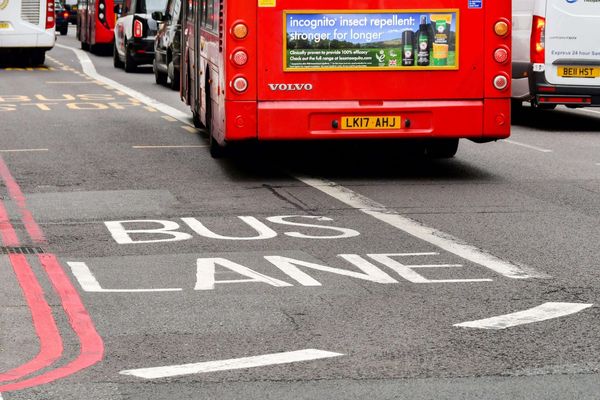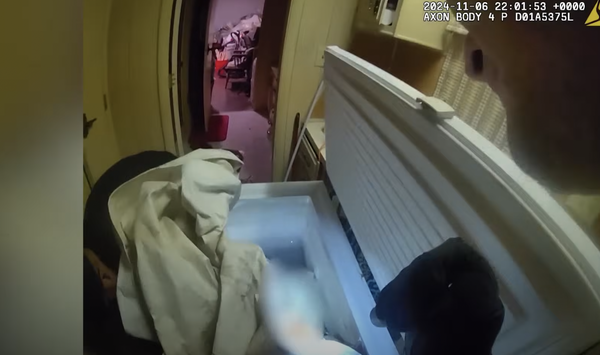
Evidence that sexual harassment and assault are rife within the mining industry has been around for years. As a class action is launched against industry giants, there’s not much evidence of improvement in the level of misconduct faced by mining workers, especially female workers.
The mining industry’s workforce has changed in the last year and a half, partly due to its significant expansion in that time, but also because of the spread of fly-in-fly-out camps, which require service workers to keep them running. In 2014, according to the Australian Bureau of Statistics, around 15% of the mining workforce was female; now it’s 20%. The numbers are about the same for the metal ore extraction sector of mining — chiefly Western Australia’s iron ore industry. In practice, that change has seen the number of women in Australia’s mining industry double from around 30,000 to now over 60,000.
Whether mining companies understood that this mild feminisation meant more women would be exposed to strongly male workplaces, often in remote areas with poor security and support services, isn’t clear: as stories of abuse, rape and harassment began to filter out of fly-in-fly-out camps, the industry’s toxicity became increasingly public. By 2018, when the Australian Human Rights Commission conducted its fourth survey of sexual harassment, 40% of mining employees were reporting having experienced it. Industry traditions, like the blatant misogyny of the annual Diggers & Dealers mining conference in Western Australia (where you’d be lucky to find one female speaker), were starting to draw attention.
Two years later, the AHRC’s Respect@Work: Sexual Harassment National Inquiry Report delved further into the 2018 data: 74% of women in mining reported sexual harassment, making it the second worst industry. Women were more than twice as likely as men to be harassed (74% compared to 32%); mining was also the industry with the highest average number of harassers in reported instances of harassment — three per incident, compared to 1.7 across all industries.
By 2021, there was sufficient interest in the issue that a Western Australian parliamentary inquiry was established. Some of the submissions were horrific: the Western Mine Workers Alliance provided a survey to the inquiry that showed 23% of women in the industry had been sexually assaulted, a third had been subjected to demands for sexual favours, and 60% had been the target of verbal sexual harassment. BHP reported that it had received multiple reports of rape, attempted rape and non-consensual sexual touching, as well as over 70 “substantiated” reports of sexual harassment.
The revelations were enough to outrage WA mines minister Bill Johnston, who accused mining companies of covering up the extent of sex crimes within the industry.
Rio Tinto by that stage had hired former sex discrimination commissioner Elizabeth Broderick to undertake an internal review of the treatment of its female staff. Her Report into Workplace Culture at Rio Tinto in February 2022 revealed “bullying and sexism are systemic across Rio Tinto worksites, with almost half of the people experiencing bullying; 28.2% of women and 6.7% of men have experienced sexual harassment at work; 21 women reported actual or attempted rape or sexual assault.”
When the community development and justice standing committee produced its Enough is Enough: Sexual Harassment Against Women in the FIFO Mining Industry report in June 2022, it concluded “sexual harassment has long been and continues to be prevalent across the industry”; “the resources industry in general, and the fly-in-fly-out part of the industry in particular, embodied all the main risks to sexual harassment.”
Meantime, skimpily-clad hospitality staff reappeared at Diggers & Dealers that year.
A year later the WA Chamber of Commerce and Industry reported “just over 35% of women and 9% of men in the mining industry say they have experienced sexist hostility in the past 12 months … And almost 10% of women and around 3% of men report unwanted sexual attention at work.”
A WA government study in October 2023 reported:
Between 5-41% of women mining workers reported experiencing behaviours of sexist and sexual hostility sometimes, often, or very often within the past 12 months, with the exact figure depending on the behaviour … The most common behaviour experienced by female mining workers was being put down or condescended to (41%), followed by offensive sexist remarks (e.g., suggesting that people of your sex are not suited for the kind of work you do; 34%) … Between 3-19% of women mining workers reported experiencing behaviours of unwanted sexual attention and sexual coercion sometimes, often, or very often within the past 12 months …
Rio Tinto, at least, didn’t stop at Broderick’s report. Last month, it published a two-year progress report, which concluded “progress is being made with promising signs of improved culture, innovation, and performance”. But there were also “mixed results, with concerning behaviours persisting in some areas and requiring sustained attention to address effectively”. The detail was mixed indeed:
- “Eight people reported experiencing actual or attempted sexual assault or rape, compared to five people in 2021. Thirty-two people reported experiencing pressure or requests for sex or sexual acts, compared to 37 people in 2021. The majority of people in both cases were women.
- 7% of respondents reported experiencing sexual harassment (the same as in 2021).
- 39% of respondents reported experiencing bullying (compared to 31% in 2021).”
This year’s Diggers & Dealers managed four female presenters. Progress in mining, such as it is, is glacial.
If you or someone you know is impacted by sexual assault or violence, call 1800RESPECT on 1800 737 732 or visit 1800RESPECT.org.au.
Have something to say about this article? Write to us at letters@crikey.com.au. Please include your full name to be considered for publication in Crikey’s Your Say. We reserve the right to edit for length and clarity.







